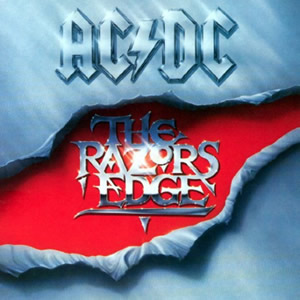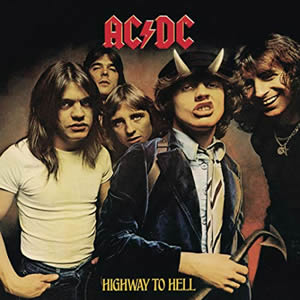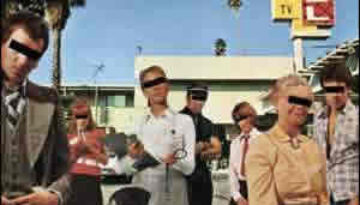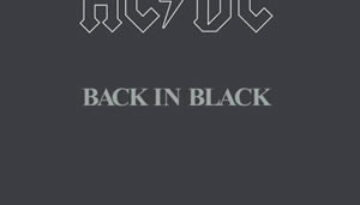The Razor’s Edge by AC/DC
Buy The Razor’s Edge AC/DC showed the world that they were still an energetic and formidable band as they commenced the 1990s with the successful album, The Razor’s Edge. The music is upbeat […]

Buy The Razor’s Edge AC/DC showed the world that they were still an energetic and formidable band as they commenced the 1990s with the successful album, The Razor’s Edge. The music is upbeat […]

Buy Highway to Hell The first era of the group AC/DC climaxed with their sixth studio album in 1979, Highway to Hell. Displaying the group’s signature riff-driven hard rocker from cover to cover, […]

Buy Dirty Deeds Done Dirt Cheap Australian rockers AC/DC produced their third album, Dirty Deeds Done Dirt Cheap during the summer of 1976 and released it in their home land in September of […]

Buy Back In Black Who would have guessed that out of the ashes of tragedy would rise the rock n’ roll classic, Back In Black? Recorded just a few weeks following the untimely […]